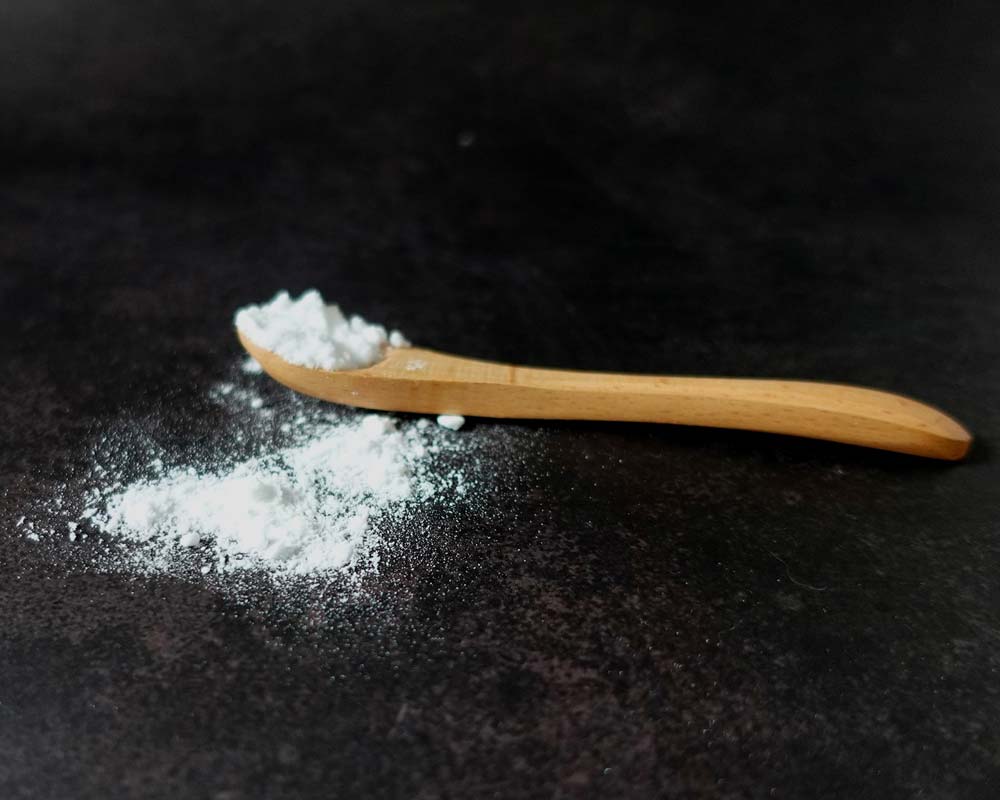The difference between heavy calcium carbonate and light calcium carbonate
Calcium carbonate, commonly known as limestone, stone powder, marble, and calcite, is a compound with a chemical formula of CaCO3, which is alkaline and basically insoluble in water but soluble in acid. It is a common substance on the earth. It exists in aragonite, calcite, chalk, limestone, marble, travertine and other rocks, and is also the main component of animal bones or shells.

Heavy calcium carbonate and light calcium carbonate are classified according to different methods of calcium carbonate production. They can be distinguished from the following aspects:
1. Powder characteristics
The particles of heavy calcium carbonate are irregular in shape and are polydisperse powder. Its particle size is large, the average particle size is generally 5-10μm, and the distribution is wide. It is almost insoluble in water, soluble in water containing ammonium salt or ferric oxide, and insoluble in alcohol. It will boil and dissolve in dilute acetic acid, dilute hydrochloric acid, and dilute nitric acid. It is decomposed into calcium oxide (CaO) and carbon dioxide (CO2) when heated.
Light calcium carbonate particles have regular shapes and can be regarded as monodisperse powders, but they can be in various shapes, such as spindle, cubic, needle, chain, spherical, flake, and quadrangular prism. These different shapes of calcium carbonate can be prepared by controlling the reaction conditions. Its particle size is small, the average particle size is generally 1-3μm, and the distribution is narrow. It is hardly soluble in water and alcohol, soluble in acid, and emits carbon dioxide at the same time, showing an exothermic reaction. Also soluble in ammonium chloride solution. It is stable in the air and has a slight moisture absorption capacity.
Heavy calcium carbonate and light calcium carbonate are different in shape, particle size, etc. It is these differences that make them have different effects on physical and chemical properties and produce different effects.
2. Production process
The heavy calcium carbonate adopts the crushing method, and the white stone containing more than 90% CaCO3 is crushed, classified and separated with a Raymond mill or other high-pressure mill to obtain the finished product.
Light calcium carbonate adopts the carbonization method, which is the finished product is obtained by mixing limestone and white coal in a certain proportion, calcination at high temperature, water digestion, carbonization of carbon dioxide, centrifugal dehydration, drying, cooling, crushing and sieving.
The production process of light calcium carbonate is relatively complicated, and different production methods make them shine in different fields.
3. Purpose
Heavy calcium carbonate has a wide range of uses. It can be filled in rubber to obtain higher tensile strength, tear strength and abrasion resistance than pure rubber vulcanizates. It can play a role as a skeleton when used in plastic products, which has a great effect on the dimensional stability of plastic products, and can also increase the hardness of the products, and improve the surface gloss and surface smoothness of the products. It is used in the water-based coating industry to make the coating non-settling and easy to disperse. The heavy calcium carbonate used in papermaking can ensure the strength and whiteness of the paper, and the cost is low. Heavy calcium carbonate is used in concrete in the construction industry to play an important role, which can increase the toughness and strength of the product. It is used in the floor tile industry to increase the whiteness and tensile strength of the product, improve the toughness of the product, and reduce the production cost.
Light calcium carbonate can be used as a filler in industries such as rubber, plastics, papermaking, coatings and inks, and is widely used in the production of organic synthesis, metallurgy, glass and asbestos. It can also be used as a seeding agent for industrial wastewater, an antacid for gastric and duodenal ulcers, an antidote for acidosis, an SO2 scavenger in SO2-containing exhaust gas, an additive for dairy cattle feed, and an anti-sticking agent for linoleum. . It can also be used as a raw material for tooth powder, toothpaste and other cosmetics.
With the continuous advancement of powder technology, the application fields of calcium carbonate are constantly expanding, and they will also exert greater advantages in the future.
Article source: China Powder Network
